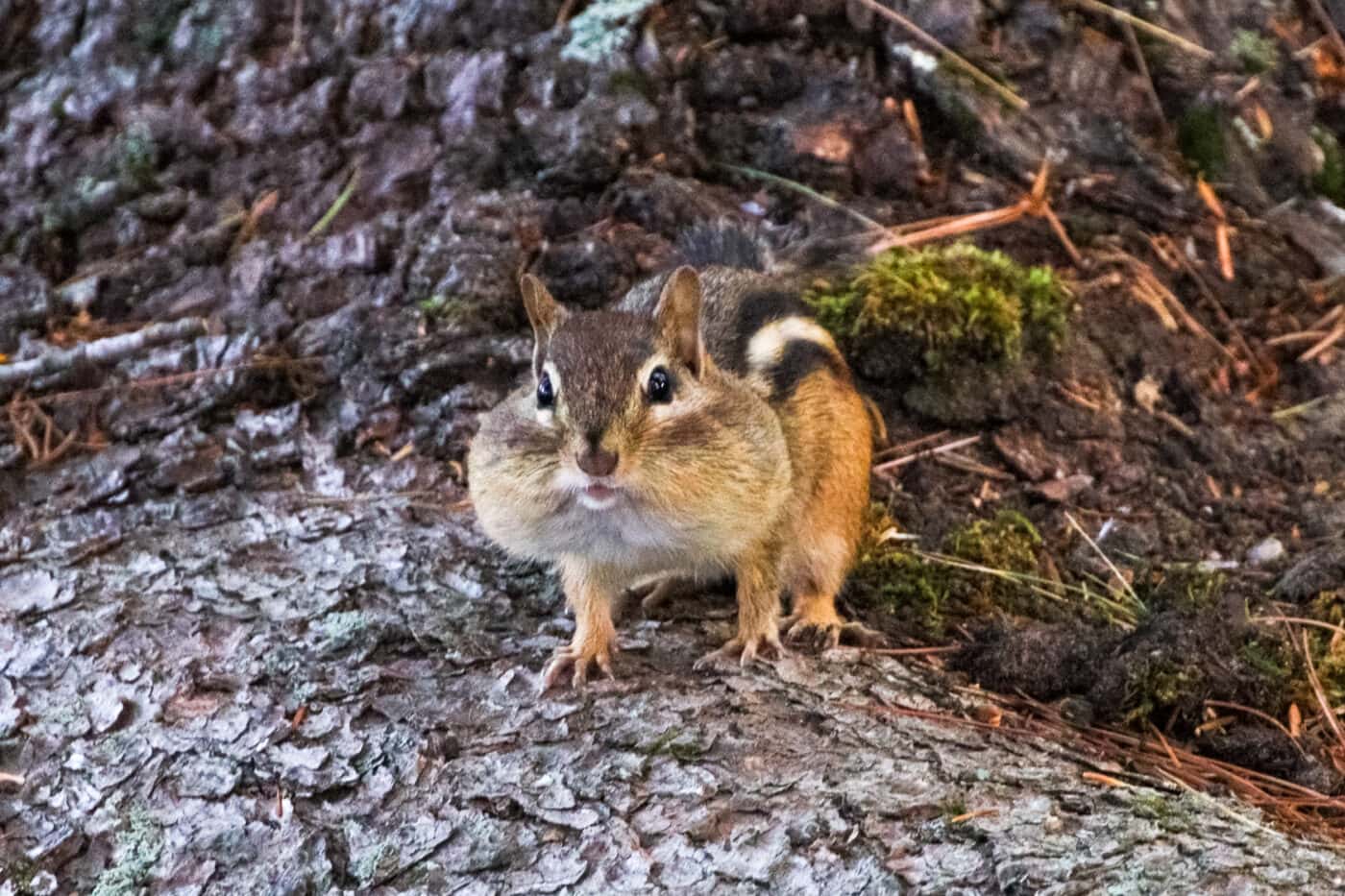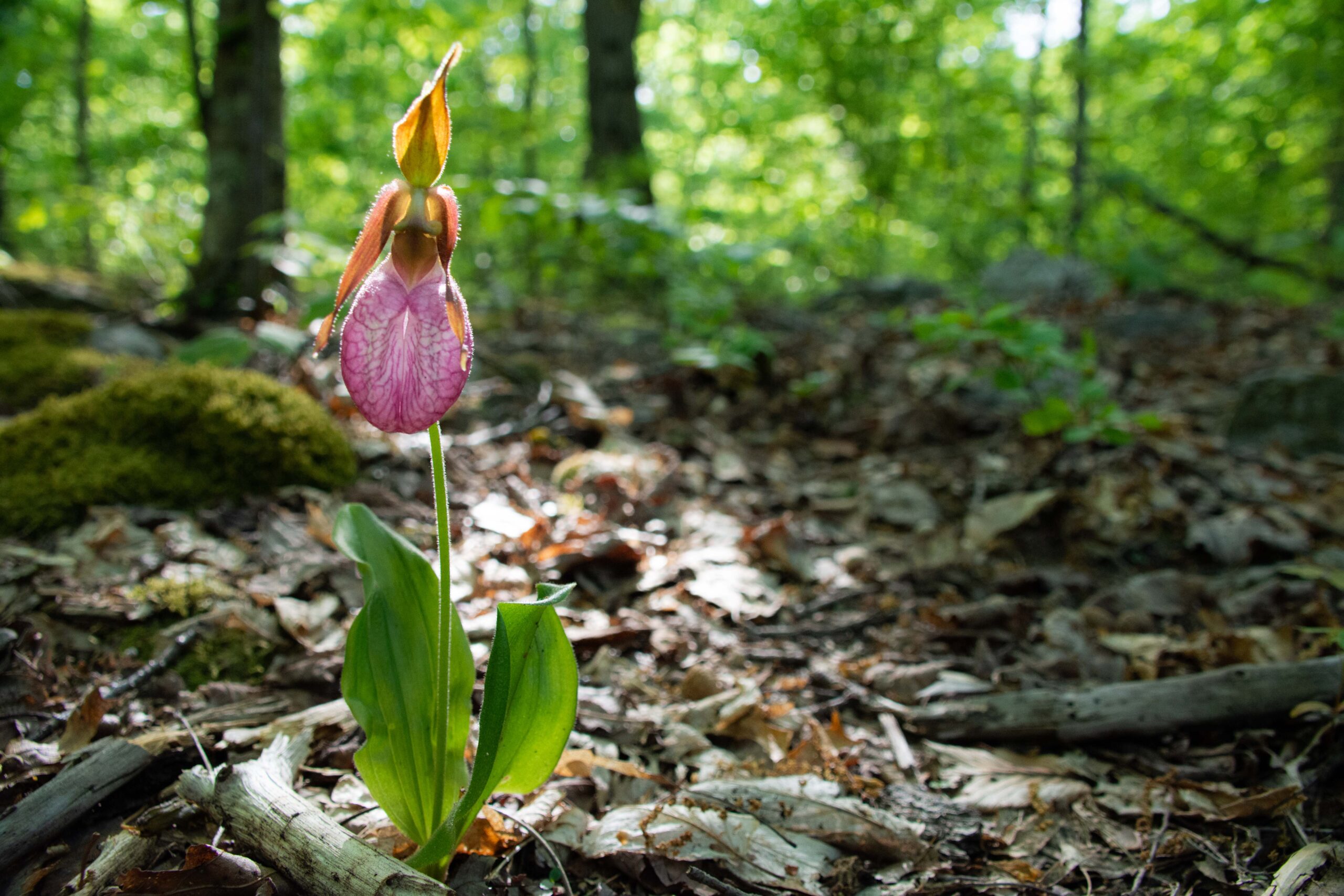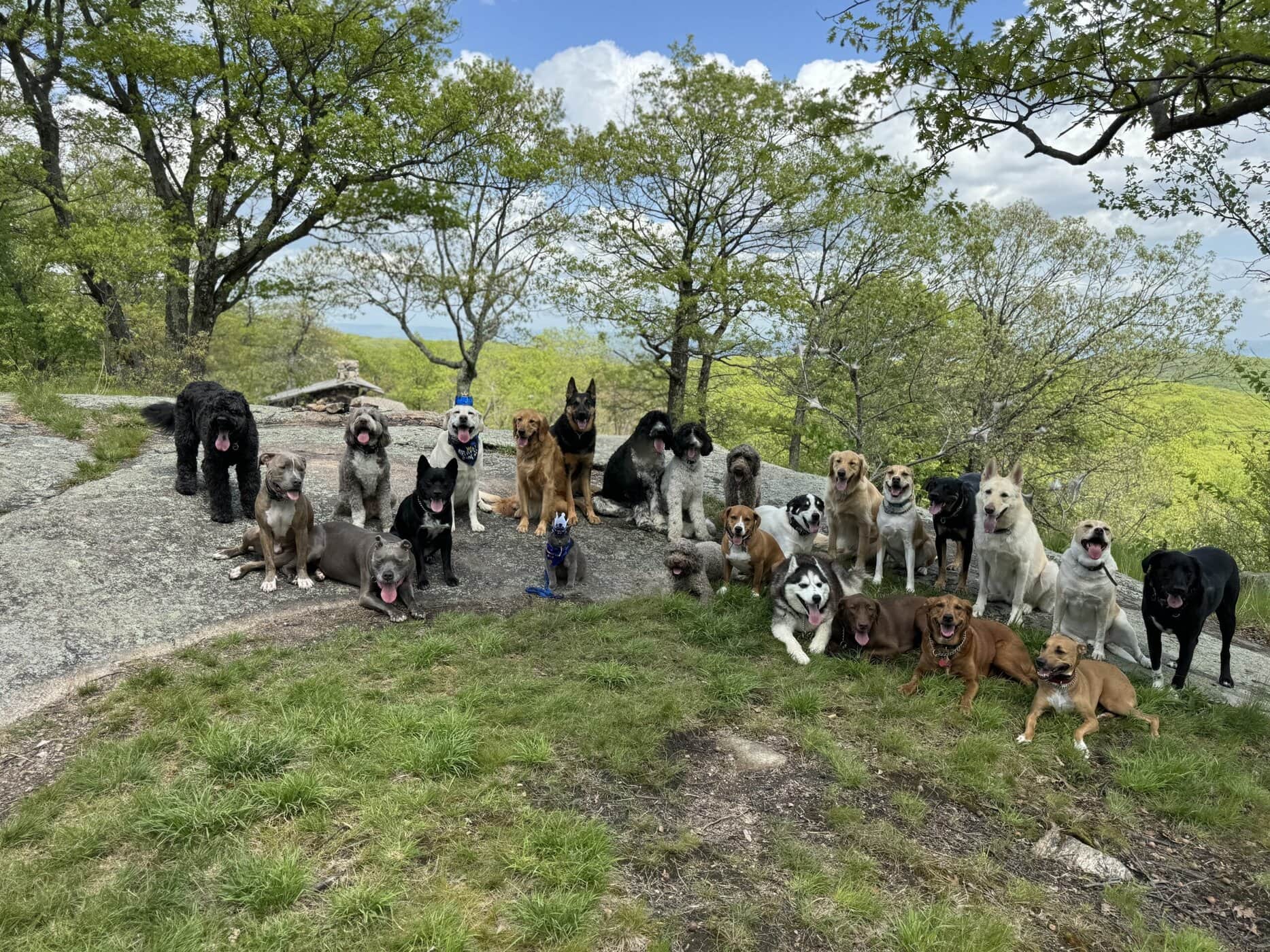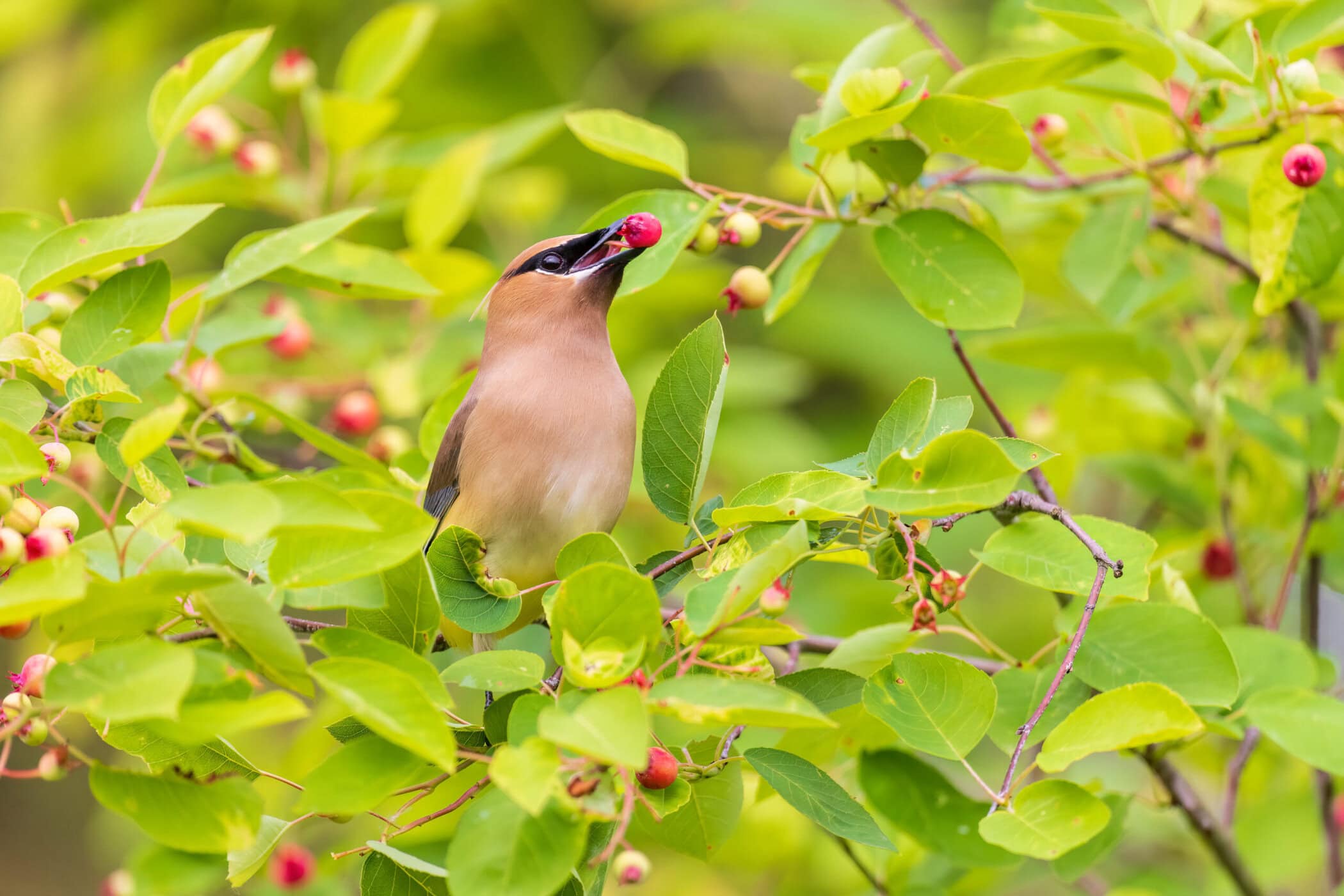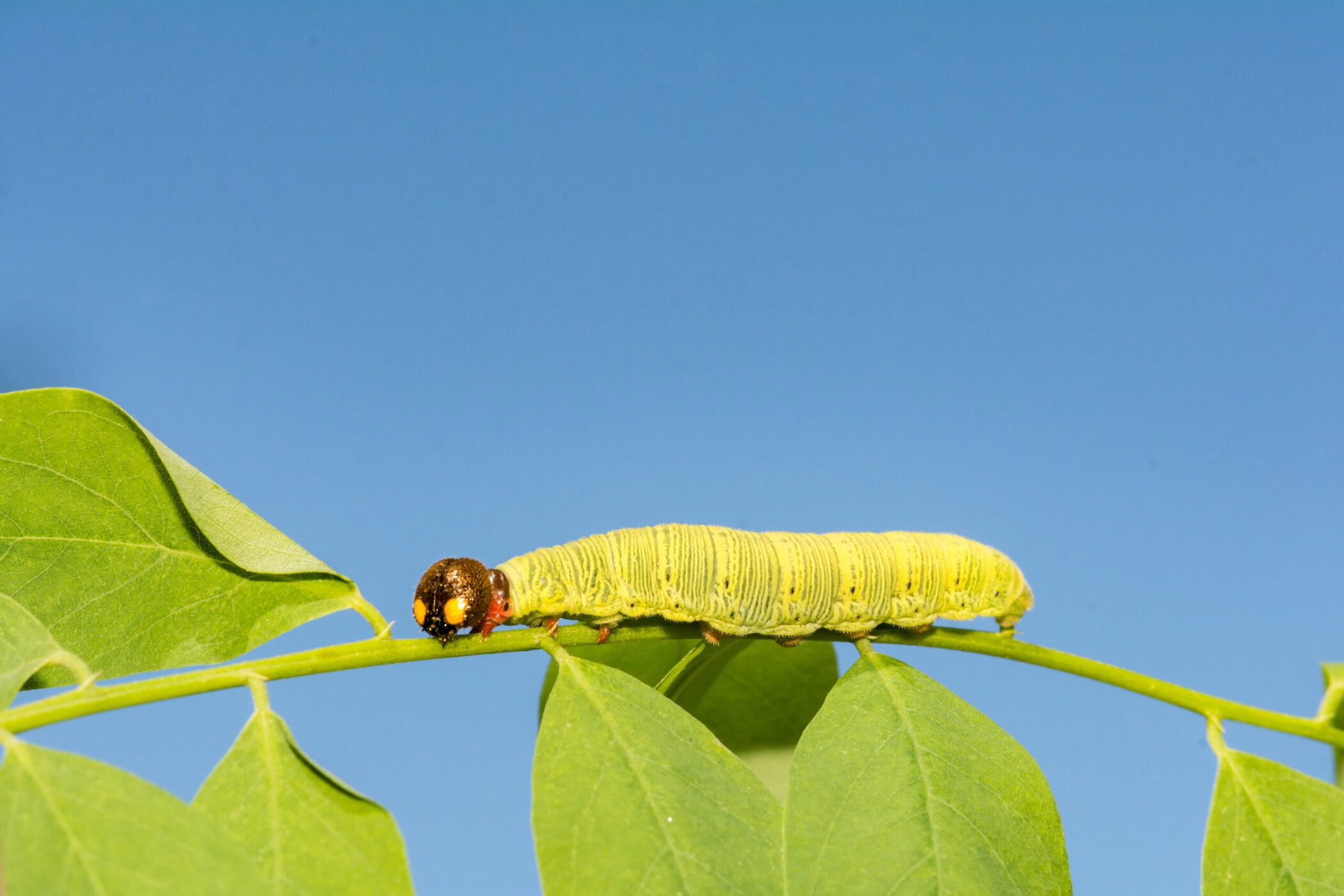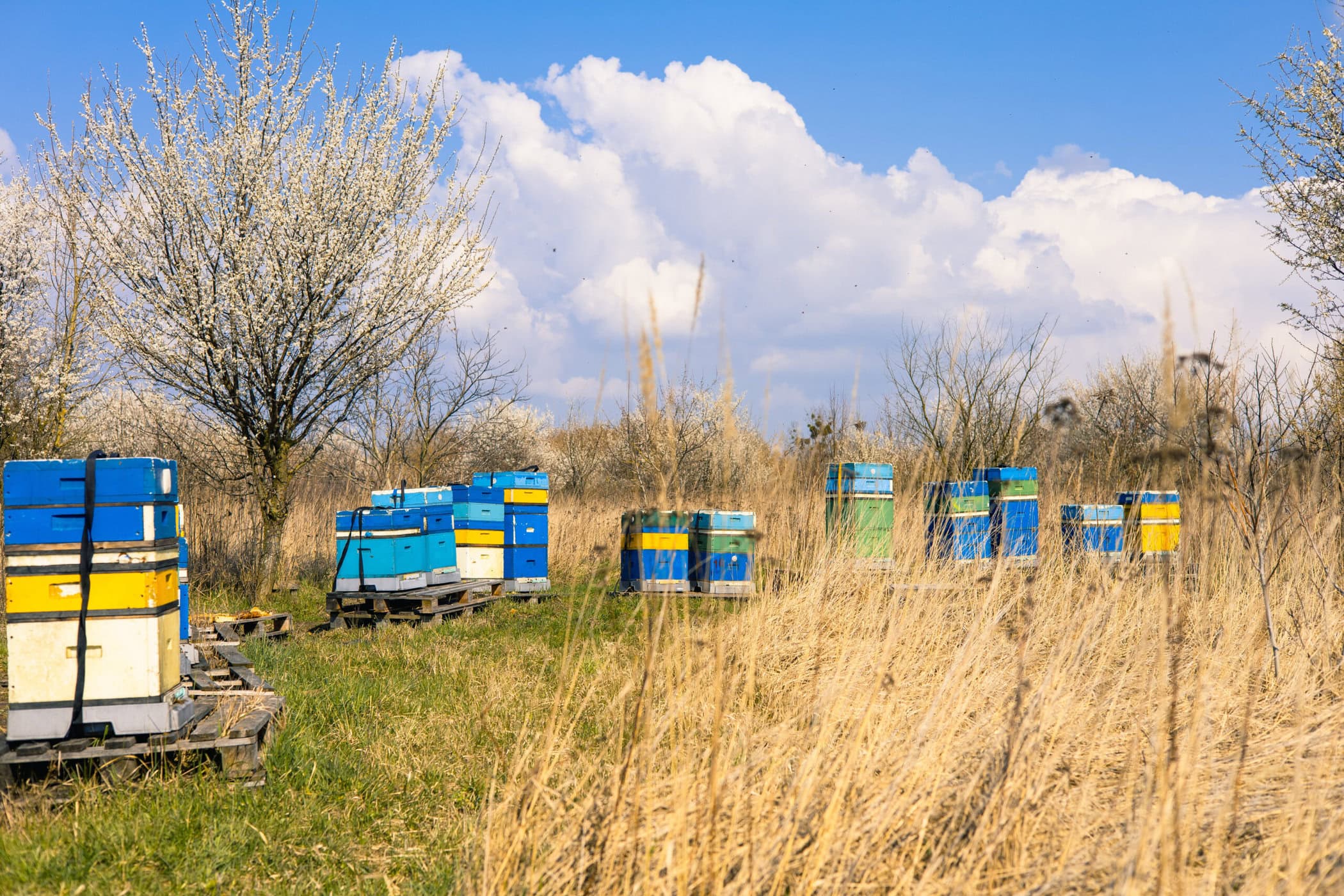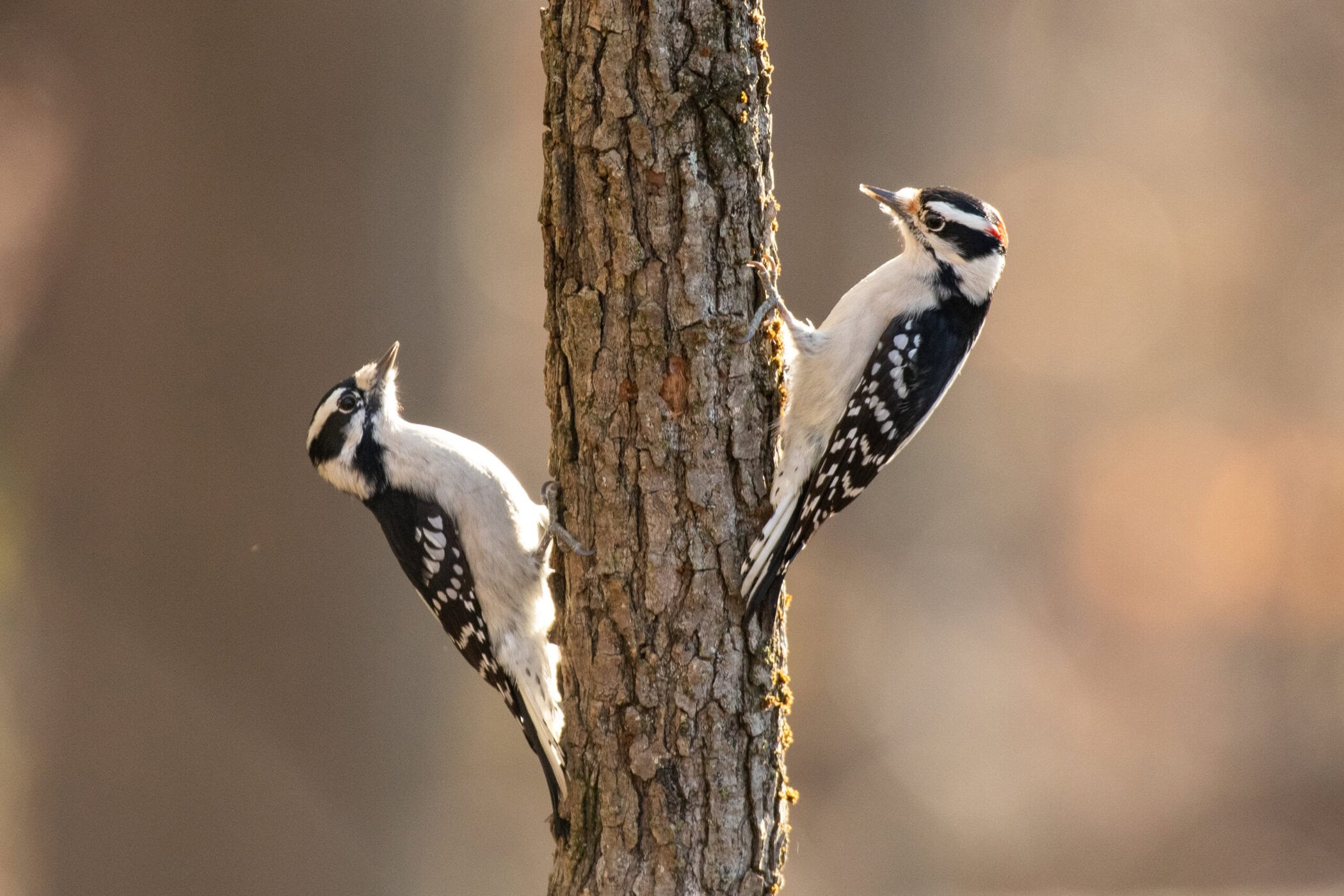In the eyes of many scientists, wherever the wild things are, so are lots of pathogens. It has long been held that new disease-causing pathogens find their way into humans whenever people encroach upon places that are home to an abundance of varied species.
Yet a new study by two Hudson Valley-based scientists is suggesting the opposite — that the more biodiverse a place is, the less likely it is for a pathogen to make the leap to humans. The findings are getting national attention — and particularly resonate as the world continues to grapple with the coronavirus pandemic.
The study was authored by Felicia Keesing of Bard College and Richard Ostfeld of the Cary Institute of Ecosystem Studies in Millbrook in the Proceedings of the National Academy of Sciences. It expands on work the pair have done in the Hudson Valley on Lyme disease, which is spread through the bite of an infected tick.
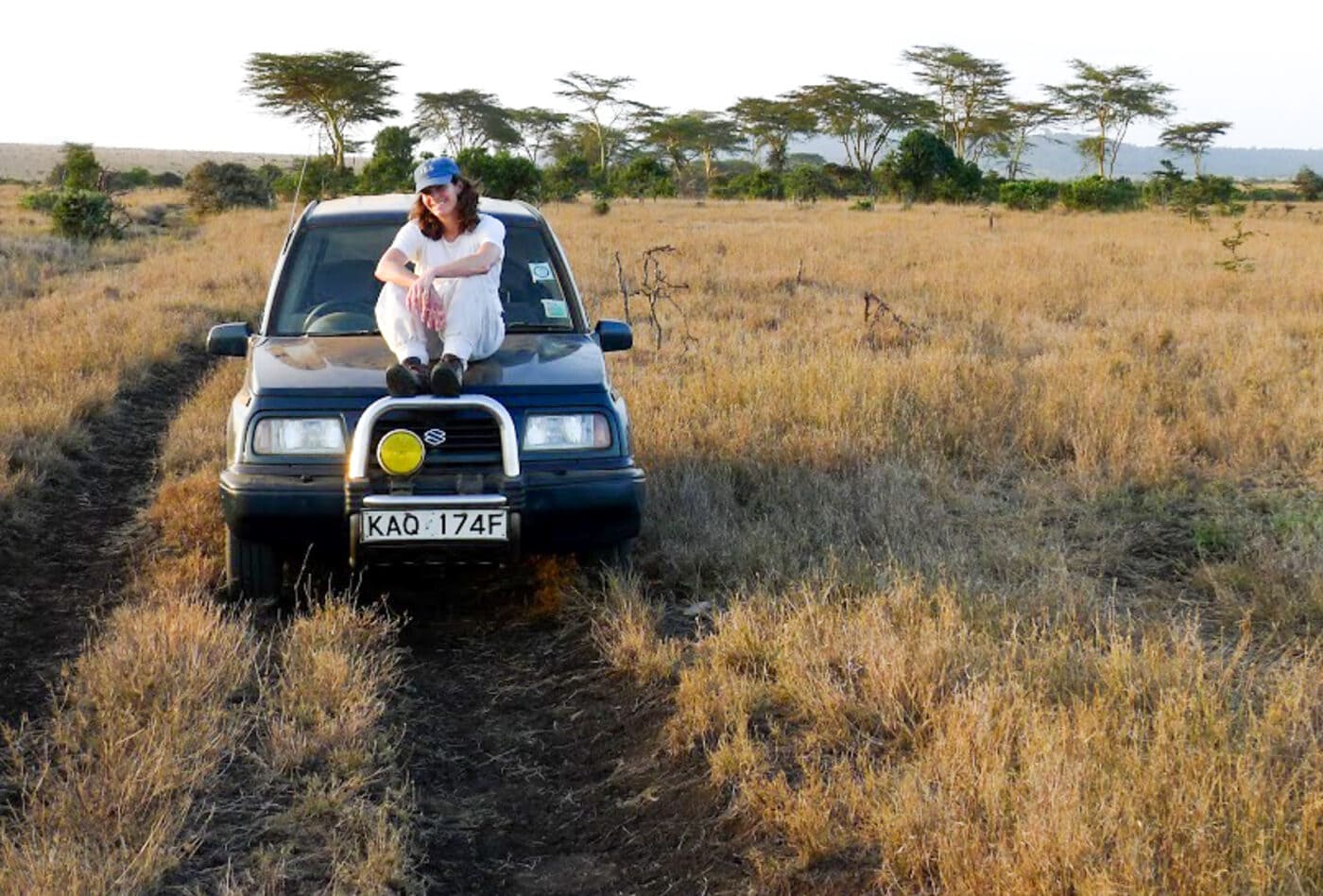
Keesing and Ostfeld have found that when it comes to protecting health after the pathogen that causes Lyme disease has jumped to humans, biodiversity can be helpful by ensuring that the species most responsible for infecting the ticks — typically, mice, chipmunks and other small animals — are kept in check by predators.
Biodiversity can also create a dilution effect that spreads the pathogen among species where it does not thrive as well. For example, opossums are poor hosts for Lyme disease, and ticks that are busy feeding on opossums are less likely to be vectors from mice (which are good hosts for Lyme) to people. As an added bonus, opossums happen to eat ticks in large volumes.
But when it comes to new sources of pathogens, science has held that diversity meant danger.
“That was the story. It was contradictory,” Keesing says. “These were conflicting impacts of biodiversity. And based on that story, you couldn’t recommend biodiversity (as a mitigation strategy) because that diversity could be a source of new pathogens.”
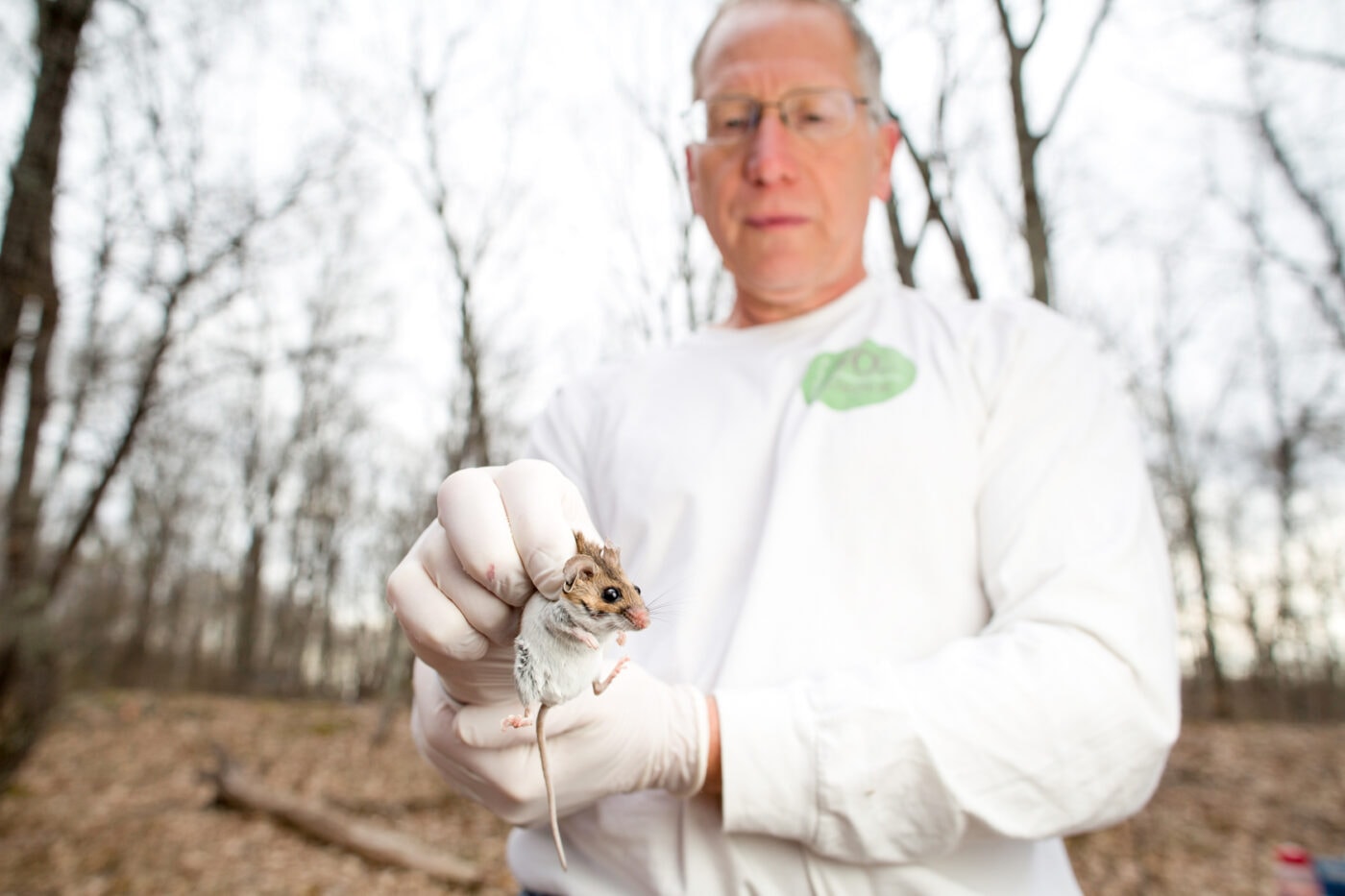
Their new synthesis of existing research, funded by a grant from the National Science Foundation, tells a different story. The study suggests that diversity isn’t dangerous to people because humans get pathogens from a comparatively small number of species. “When we look at where we actually get them from,” Keesing says, “it’s not from the stuff that lives in pristine, diverse habitats. It’s from the stuff that thrives when we mess those habitats up.”
Indeed, a summary of evidence from the previous decade of research indicates that pathogens tend to come from members of five groups of mammals: rodents, bats, carnivores and cloven-hoofed animals.
And not just any members of those groups — the most likely reservoirs of pathogens, according to Keesing, are animals within those groups that have brief lives and abundant offspring. These animals tend to devote few resources to fighting off sources of infection or disease once infected. “Rodents are the biggest culprits by far,” she says.
Brian Allan, a professor of entomology at the University of Illinois who was not involved in the study, says the new paper shows that the species that persist or even increase in abundance in regions of biodiversity loss — in particular, those that more commonly come into contact with humans — are driving the spillover of pathogens from animals to humans.
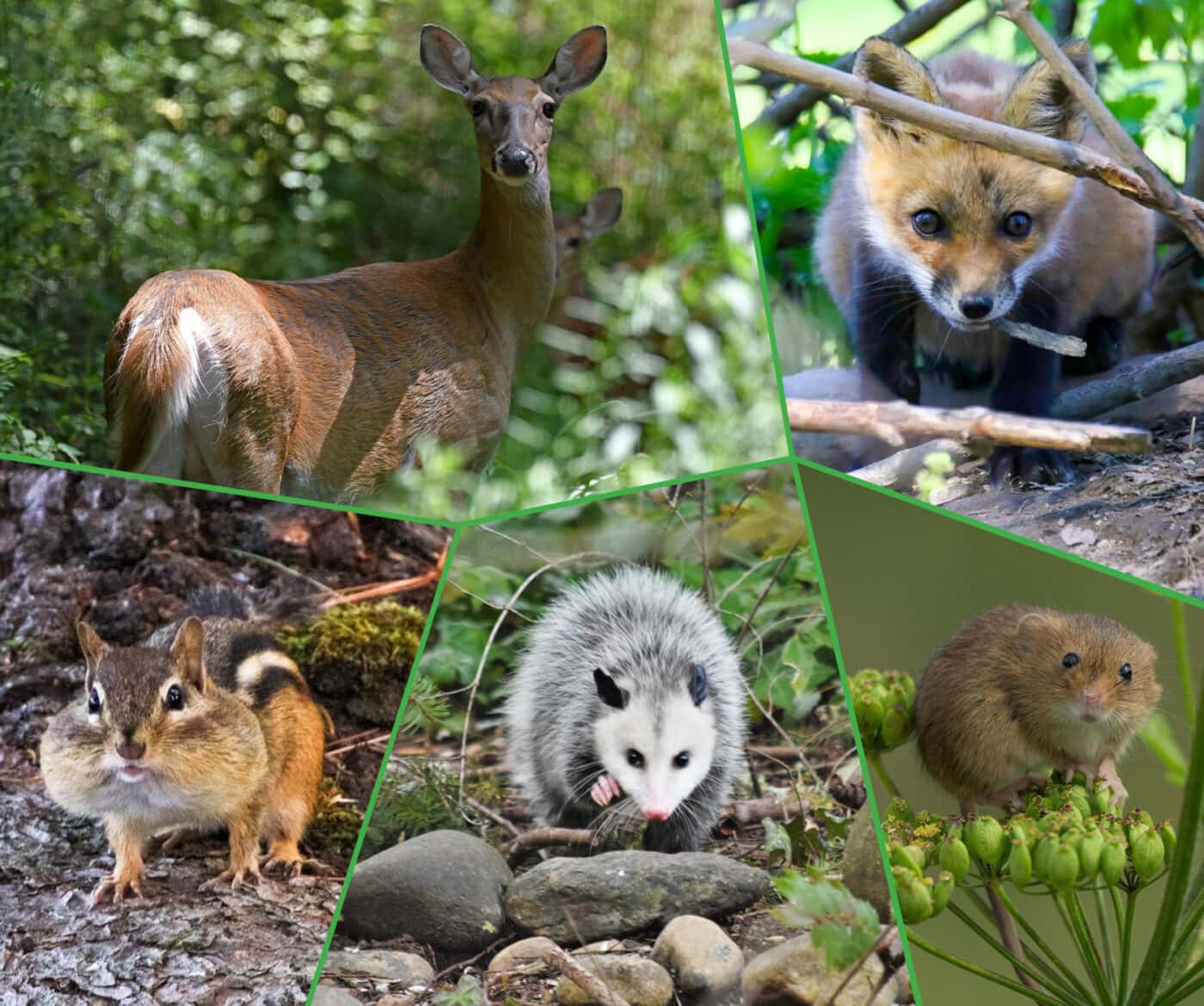
“For both new and established pathogens, biodiversity loss may increase risk of human exposure,” Allan says. “Their study helps provide guideposts for future research priorities, including the urgent need to better understand the characteristics of animal species that contribute to disease emergence in order to predict or prevent potential future outbreaks.”
Vanessa Ezenwa, a professor of ecology at the University of Georgia who also was not involved in the study, says the research “calls attention to the importance of understanding the inter-relationships between human impacts on the environment, the abundance of certain animal species, and how these animals contribute to the spread of zoonotic pathogens and can help motivate new approaches for tackling these complex issues.”
And what are those approaches? Keesing says that habitat preservation — and restoration — should be a focus of new research and policymaking.
“We need to continue to find effective ways to protect the biodiverse areas we have,” she says. “Governments need to do that. And researchers need to continue to inform those policies. … We know that preserving areas that have high levels of natural biodiversity is good for many reasons. And we can now add that it is likely to protect us from the species most likely to share their pathogens with us.”


